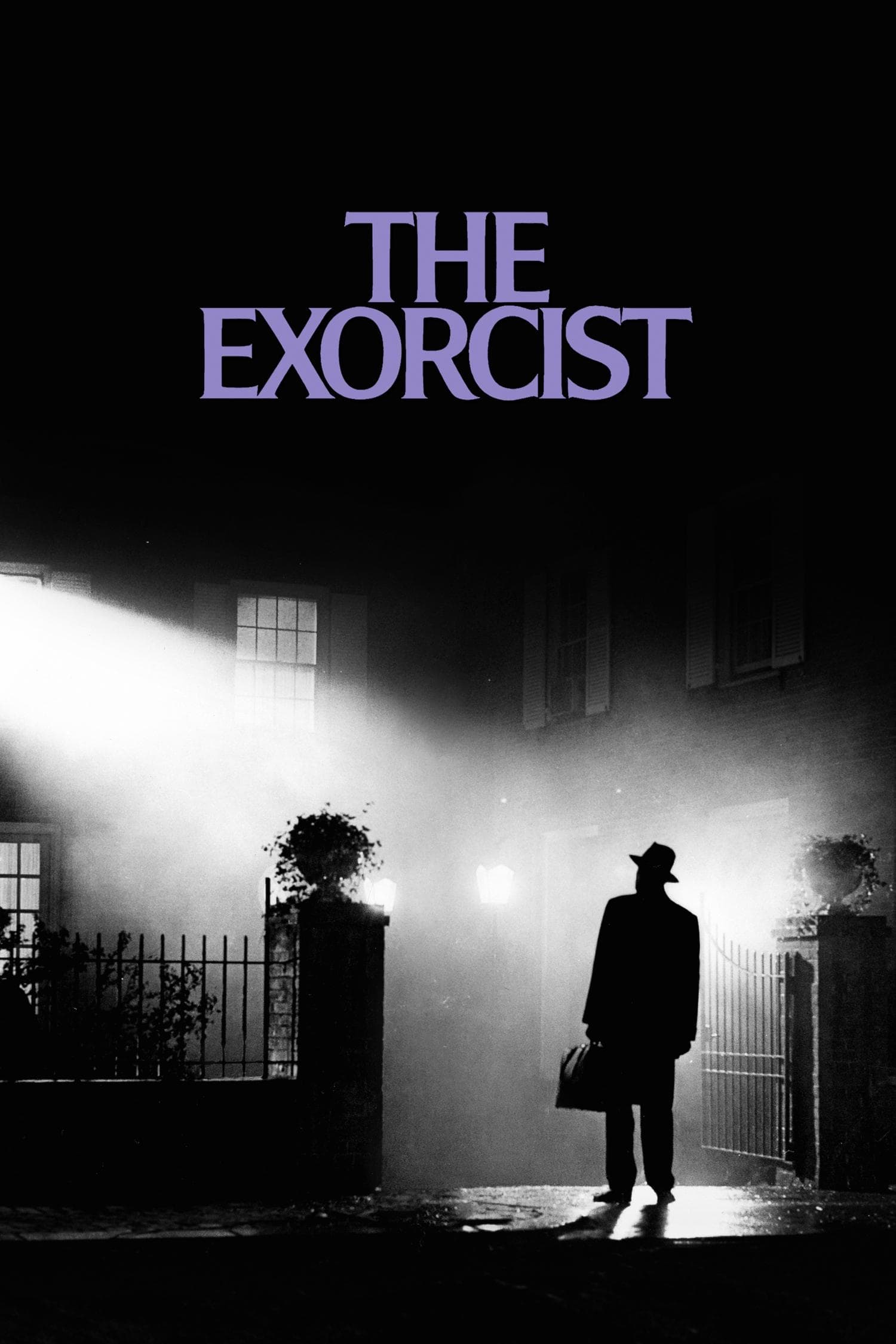
The Exorcist
1973
Rate this movie
Average: 4.00 / 5
(1 votes)
Director
A work that did not merely mark an era, but redefined it, carving an indelible imprint not only on the horror genre but on the entire cinematic and cultural landscape of the 20th century. Not simple entertainment, but a seismic shock that introduced the wider audience to primal fear, to the terror residing not only in external darkness but in the uncanny nestled within the most intimate folds of existence.
Indeed, with Friedkin's work, horror acquires a universal valence and becomes the terror of the supernatural, of the demonic, of the horror hidden within the being dearest to us. It is an unease that transcends superstition to touch deep chords of the human soul: the crisis of faith, the vulnerability of innocence, the titanic struggle between good and evil that is consumed not on a battlefield, but within the walls of a bedroom. In a decade, the 1970s, torn apart by political (Watergate) and social (Vietnam) disillusionments, where trust in institutions and traditional values wavered, The Exorcist emerged as a mirror of collective anxiety, an exploration of the chaos threatening to overwhelm reason, a brutal confrontation with absolute evil that could not be explained or contained by rational dogmas.
The story tells of an actress who notices disturbing changes in the behavior and appearance of her twelve-year-old daughter. Meanwhile, a priest, an expert in esotericism, is losing his faith due to the loss of his mother. It will be his task to perform an exorcism on the girl and cleanse her of the demonic part tormenting her, with the help of a dean of this ancient art. The narrative is not limited to a mere succession of gruesome events; rather, it focuses on the harrowing psychological odyssey of its protagonists. Chris MacNeil, the actress, embodies the despair of a mother helpless in the face of an inconceivable evil; Father Karras, the Jesuit psychiatrist, is the true beating heart of the drama, a man torn by doubt and guilt, whose battle against the demon becomes a metaphor for his personal spiritual crisis. It is precisely this investigation into human frailties, faith, and apostasy that elevates the film beyond mere genre.
A customary mention for William Peter Blatty's notable novel from which the film is adapted; the author also wrote the screenplay. His story is compelling, and his merit lies in humanizing the exorcist as well as finely characterizing the psychology of every character involved in the events. Blatty, with his Catholic background and interest in theology, infused the narrative with an unsettling verisimilitude, an almost documentary rigor in treating the rite of exorcism and the Church's reactions to inexplicable phenomena. His pen does not merely describe external horrors but probes the abyss of conscience and doubt, turning the conflict between Father Karras and the demon into an existential chess game rather than a mere physical confrontation. It is not the gothic horror of crumbling castles or classic monsters, but rather a theological horror, deeply rooted in the Judeo-Christian tradition, that takes shape in the everyday setting of a bourgeois home.
Finally, applause for Dick Smith of the make-up department for his superb work on Regan's character; his makeup truly set a precedent, and many of his inventions (the green vomit, the iris-less eyes, the opalescent skin) would be thoroughly plundered in the years to come. His mastery lies not only in pure technical skill – at the time, a marvel of practical effects that would make many digital counterparts pale today – but in the ability to blend realism with the grotesque, transforming a child's angelic face into a mask of demonic putrefaction. Smith created a tactile, visceral horror that was rooted in the actor's physicality, making every spasm, every wound, every bruise terrifyingly credible. From the unnaturally bent neck to the self-inflicted-looking skin lesions, his contribution defined an aesthetic canon for cinematic possession, so much so that even today, every demonic portrayal must somehow contend with the iconography he created.
The final touch, of course, comes from Friedkin with his effective and refined shots, with a nod to the shadows of Murnau's Nosferatu during the exorcism (the fleeting shadows projected on Regan's bedroom wall in the background are far more unsettling than what is happening in the foreground, in front of the camera). Friedkin's direction is a masterpiece of control and intensity, permeated by a raw realism borrowed from his experience in documentaries and the neo-noir The French Connection. There is no complacency in showing terror, but a precise will to immerse the viewer in an atmosphere of chill and despair. The innovative use of sound, from subliminal whispers to the demon's guttural laments, is almost a character in itself, an auditory assault that amplifies the claustrophobia of the room and the violence of the possession. His stylistic choices – Owen Roizman's dark and grainy cinematography, the slow but inexorable pace of events, the use of a dissonant soundtrack of rare efficacy (I'm thinking of Mike Oldfield's Tubular Bells but also Krzysztof Penderecki's unsettling atonal pieces) – contribute to creating an experience that is not only visual but profoundly sensory. The homage to Murnau, far from being a mere quotation, reveals Friedkin's deep understanding that true horror resides in suggestion, in the unsaid, in the ineffable, and not in vulgar exhibition. It is a cinema that is not afraid to be slow, to build tension with methodical precision, and then unleash pandemonium with unprecedented brutality. The result is a seminal work, a cathartic and terrifying experience that redefined the expressive potential of horror cinema, demonstrating how fear can be a vehicle for a profound and unsettling investigation into the human soul.
Genres
Country
Gallery
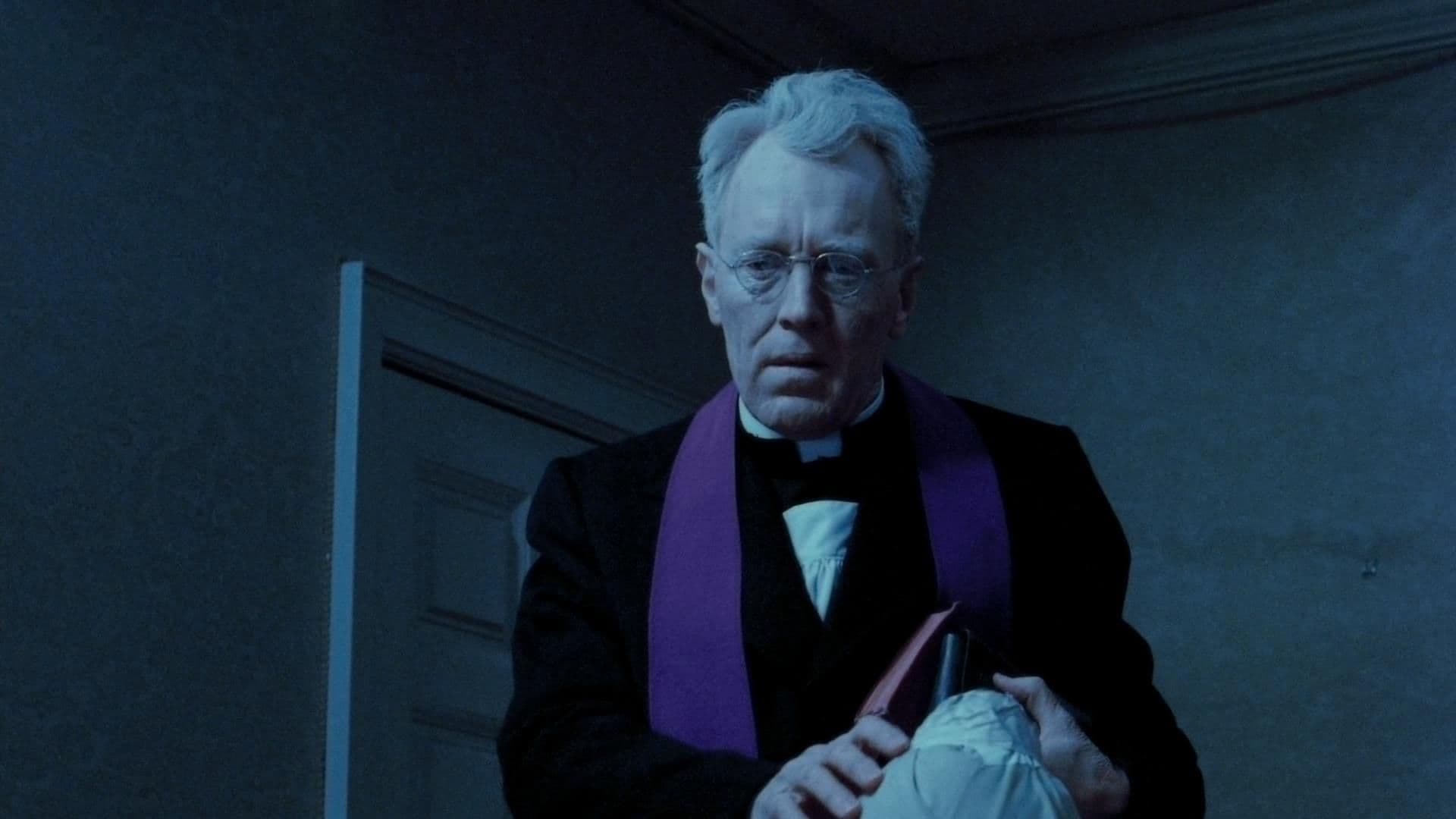
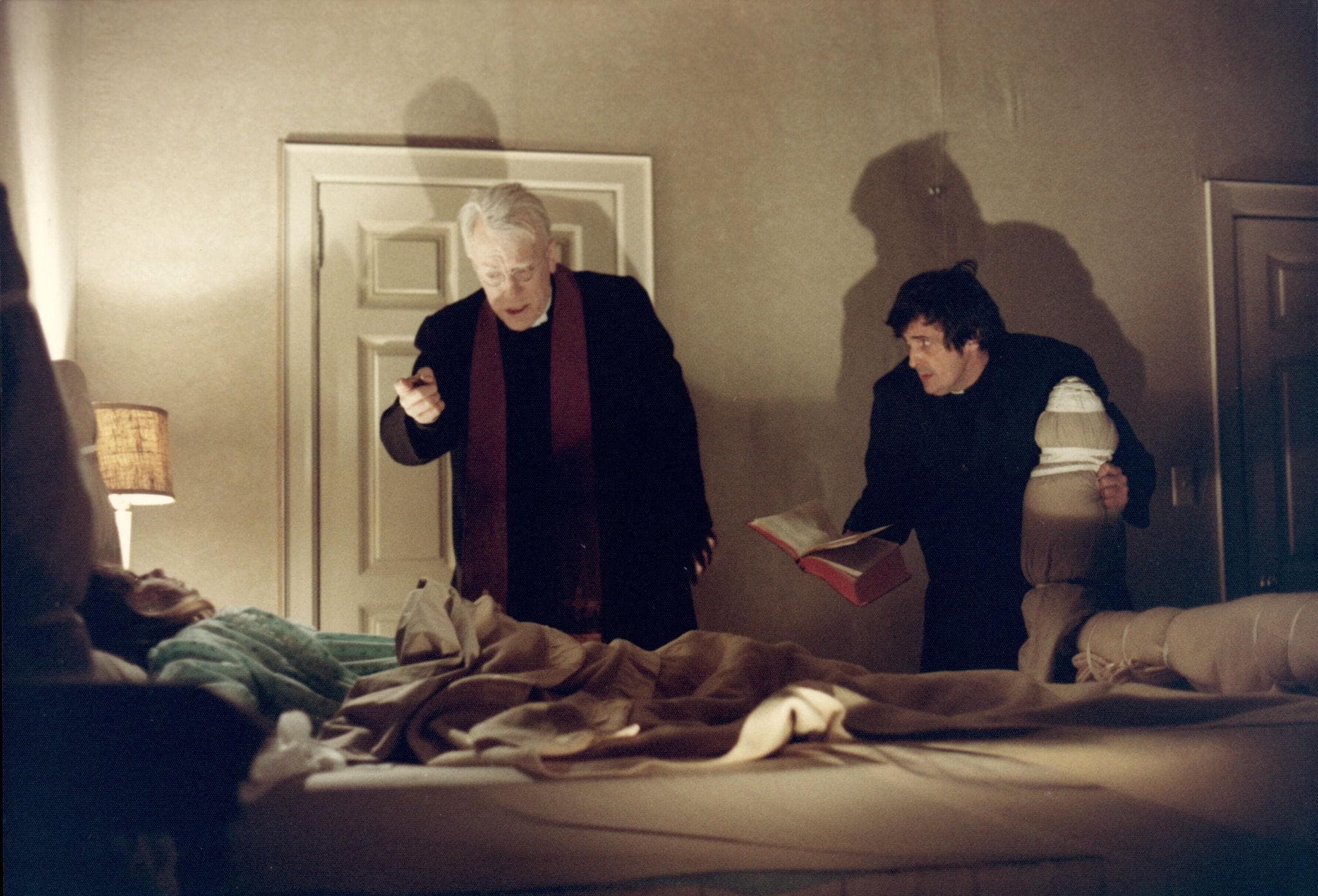
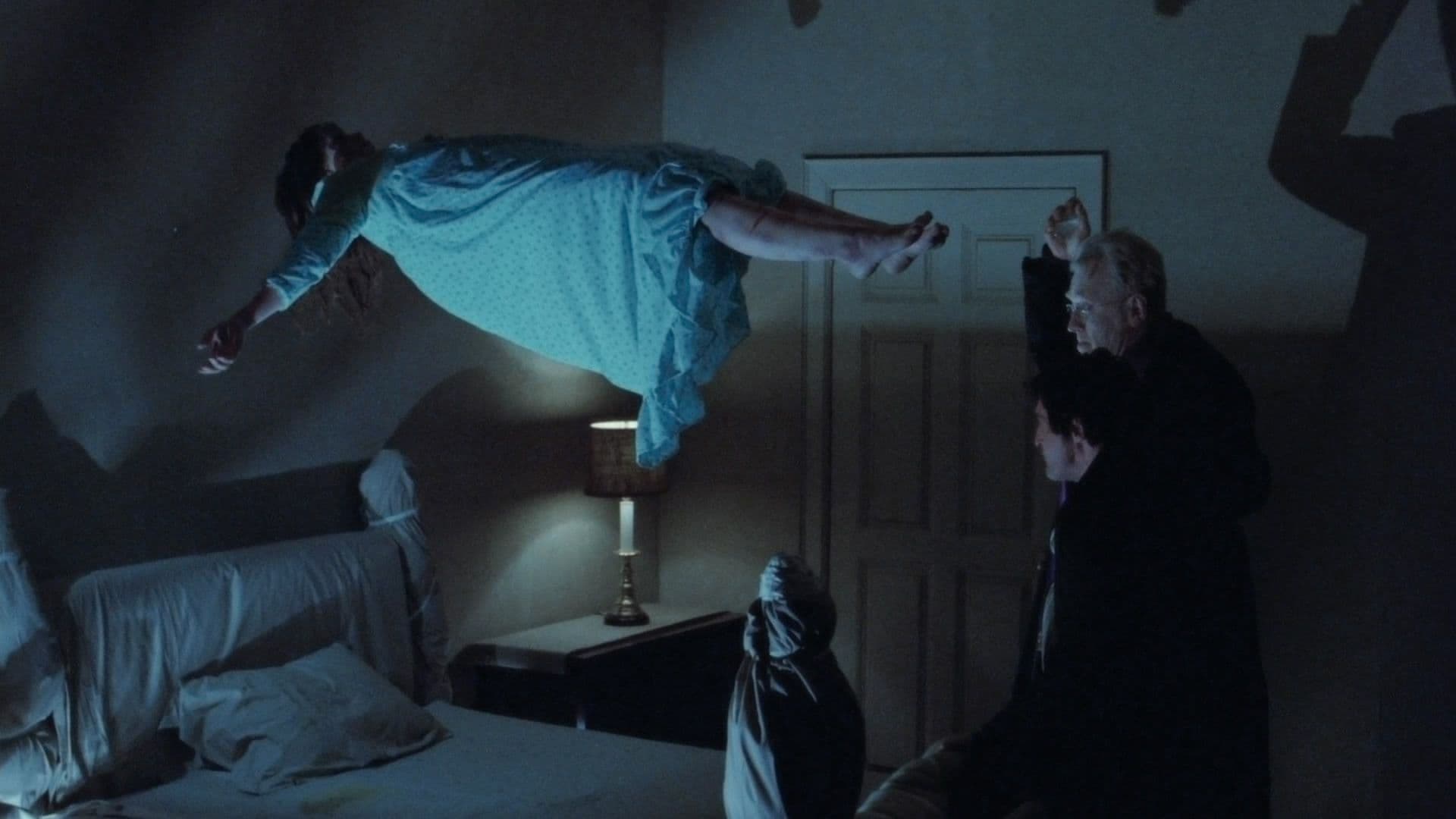
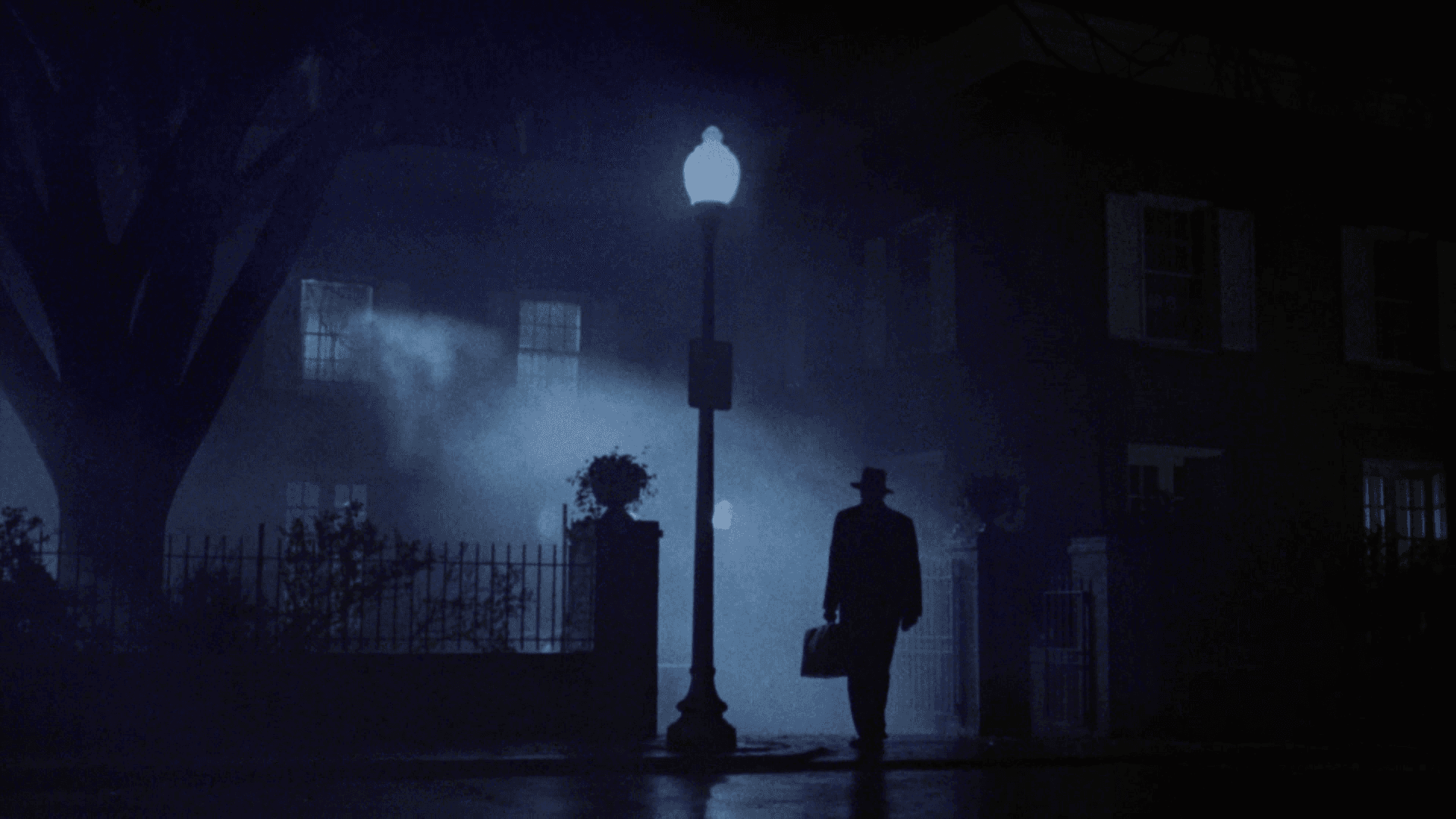



Comments
Loading comments...